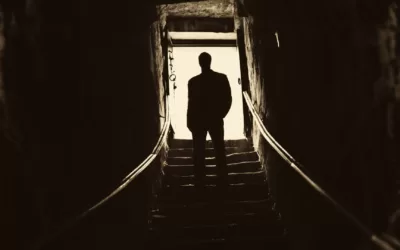You’re sipping your morning coffee, or perhaps teas if you have a penchant for variety, when the realization dawns – language, with its intricate dance of words, is a living entity, breathing vitality into our most mundane interactions. The alchemy of changing a ‘child’ to ‘children’ or a ‘leaf’ to ‘leaves’ isn’t merely grammatical gymnastics. No, it’s a pivotal cog in the machinery of communication, a dance of singular and plural forms that adds depth, diversity, and dynamism to the tapestry of language.
Now, before the panic of grammatical complexity sets in, take heart. The journey from singular to plural and back again is less a harrowing trek through a grammatical jungle and more a scenic stroll through a linguistic garden, blooming with the flowers of clarity, precision, and expression.
Consider the humble ‘cat’. Alone, it’s a solitary feline, basking in sunbeams and embodying elegance. Add an ‘s’ and voila, you’re not just talking about one fluffy creature, but a clowder. Yes, you’ve just stepped into a world teeming with whiskers and tails. It’s a minor tweak, but one that opens up a universe of meanings, as vast and varied as the stars that twinkle in the quietude of night.
But alas, not all words are as accommodating as our furry friend. Some, like ‘child’, prefer the road less traveled. Enter ‘children’, a plural form that scoffs at the simplicity of just adding an ‘s’. It’s a rebel, a maverick that dances to its own tune. And while it might seem like a grammatical headache, it’s these very twists and turns that imbue English with a charm, as enigmatic as it is enchanting.
And let’s not forget those nouns that are sticklers for tradition. ‘Sheep’, ‘deer’, ‘series’ – these words scoff at change. Singular or plural, they remain steadfast, a rock of consistency amidst the ever-changing tides of language. It’s like that one guest at a party who refuses to swap their soda for a cocktail – resilient, unyielding, but an integral piece of the eclectic jigsaw of conversation.
You see, the dance from singular to plural isn’t a monotonous march. It’s a ballet, a tango, a pulsating dance-off that breathes life into each sentence we speak, and every line we write. It transforms ‘foot’ to ‘feet’ and ‘tooth’ to ‘teeth’, weaving a rich tapestry that’s as diverse as the cultures that birthed it. Each shift, each transformation, is a thread that adds a stroke of color, a dash of flair, a whisper of elegance to the grand artwork of communication.
Imagine a world without this vibrant dance – it’s a realm of monotony, a desert where expression withers, and communication is as bland as unsalted crackers. Singular and plural noun forms aren’t just grammatical constructs. They’re the heartbeat of language, the rhythm of expression, the soul that transforms mundane words into a melodious sonnet of connection.
You might be pondering why a foray into this world of changing forms and shifting structures should command your attention. Well, each transition from a ‘mouse’ to ‘mice’, or a ‘cactus’ to ‘cacti’ is a key that unlocks nuances, layers, and subtleties of meaning. It’s a skill, nay, an art, that transforms you from a passive observer to a dynamic participant in the grand ballet of communication.
As the curtains draw and lights fade, you’re not just left with a grammatical rulebook, heavy and stoic. You’re armed with a wand that transforms the canvas of language, painting pictures as vibrant as a spring meadow and as nuanced as the shifting shades of an evening sky. You’re not just speaking; you’re weaving a spell, where each word is a note, each sentence a melody, echoing the dance of singular and plural nouns.
Every ‘hero’ to ‘heroes’ transition, each ‘loaf’ to ‘loaves’ transformation, is a testament to the dynamic splendor of English. A testament that’s not inscribed in the silent pages of a forgotten grammar book, but echoed in every conversation, every connection, every thread of human interaction that weaves the fabric of society.
So, the next time ‘goose’ becomes ‘geese’, or ‘man’ transforms to ‘men’, remember – you’re not just observing a grammatical rule. You’re a participant in a timeless dance, an art form that’s as ancient as the whispering winds, and as contemporary as the fleeting tweet. You’re a weaver of words, a composer of meanings, a conjurer of connections. In the grand ballet of singular and plural, every step, every spin, every leap is an echo of the pulsating rhythm of language, alive, vibrant, and forever in flux.












0 Comments